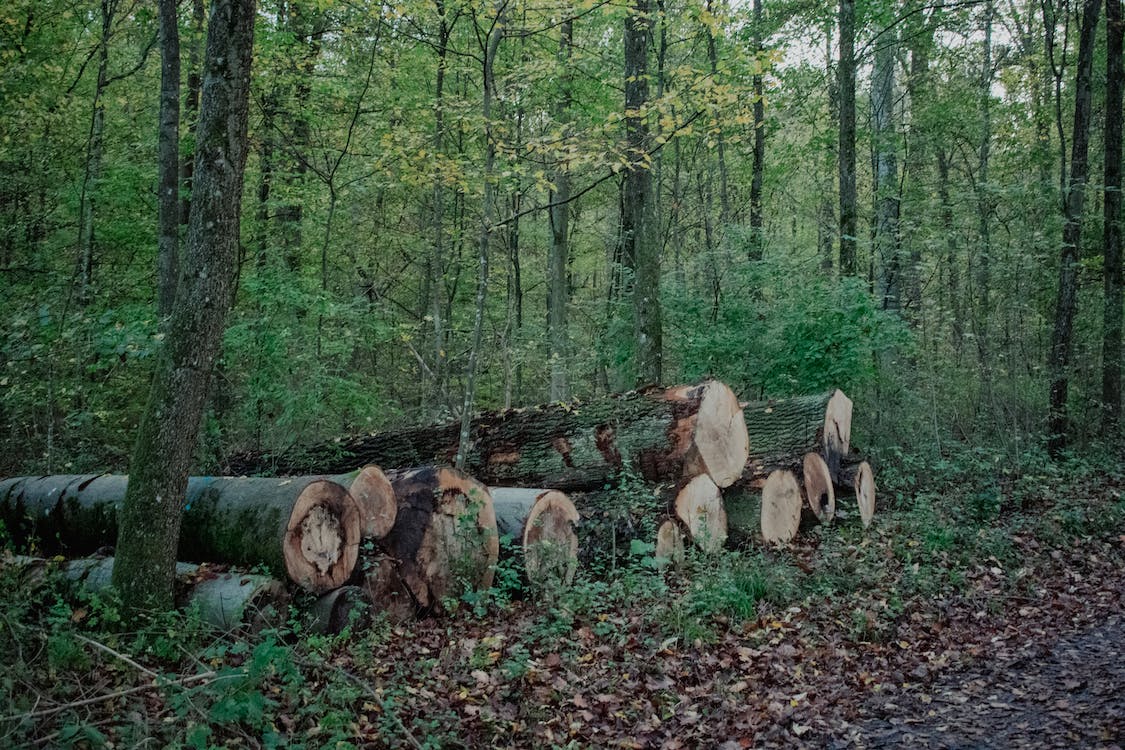Nordic Food Forest
A Guide to Sustainable Farming In The Nordic Climate
The Nordic Food Forest is a unique concept that combines traditional Nordic cuisine with sustainable agriculture. This innovative approach to food production and consumption has gained widespread popularity in recent years, especially in the Nordic climate region, where the natural environment and local cuisine are well-suited for this type of farming.
The Nordic Food Forest is based on the principles of foraging for wild and locally-sourced ingredients, and promoting sustainable and organic farming methods. This approach to food production encourages people to seek out the freshest and most flavorful ingredients from the surrounding environment, including everything from berries and mushrooms to wild herbs and flowers.

One of the key benefits of the Nordic Food Forest is its focus on sustainability. By relying on locally-sourced ingredients and promoting organic and biodynamic farming methods, the impact on the environment is greatly reduced compared to traditional agriculture. The Nordic Food Forest also promotes seasonality, encouraging people to eat what is available and in season, which helps to reduce the carbon footprint associated with shipping and importing foods from other countries.
The Nordic climate region is well-suited for the Nordic Food Forest, with its long and cold winters, and short and mild summers. The unique climate and soil conditions of the region allow for the growth of a variety of wild and native plants, which are ideal for use in the food forest.
Some of the most commonly used plants in the Nordic Food Forest include:
- Berries – Berries are an important part of the Nordic Food Forest, providing a source of food for both humans and wildlife. Some of the most popular berries in the Nordic region include lingonberries, cranberries, and cloudberries.
- Mushrooms – The damp and humid climate of the Nordic region is perfect for growing a variety of wild mushrooms, including chanterelles, boletus, and porcini.
- Herbs – Herbs are an essential part of the Nordic Food Forest, providing not only flavor and fragrance, but also support for beneficial insects and wildlife. Some of the most commonly used herbs in the Nordic region include wild garlic, wild thyme, and angelica.
- Trees – Fruit and nut trees are an important part of the Nordic Food Forest, providing a source of food for both humans and wildlife. Some of the most popular trees in the Nordic region include apple, plum, and hazelnut.
- Ground Covers – Ground covers are important in the Nordic Food Forest, helping to conserve moisture and prevent erosion. Some of the most popular ground covers in the Nordic region include wild strawberries, blueberries, and clover.
In conclusion, the Nordic Food Forest is a unique and innovative approach to sustainable agriculture in the Nordic climate region. By relying on locally-sourced and wild ingredients, promoting organic and biodynamic farming methods, and encouraging seasonality, the Nordic Food Forest offers a delicious and sustainable way to enjoy the bounty of the earth. Whether you are an experienced farmer or a beginner, the Nordic Food Forest is an excellent way to get started on the path to sustainable agriculture.
Let’s talk about your project!
Our development team will be happy to get designing with you.
We asses your land, the future potential of perennial crops, etc.
Just contact us and we will see, if we can help.

More resources
Contact Us
ESSWALD
Supai-Ventures S.R.L.
Santa Maria del Cami
07320 Mallorca
Islas Baleares, SPAIN
(+34) 625 239 394
hello@esswald.com
